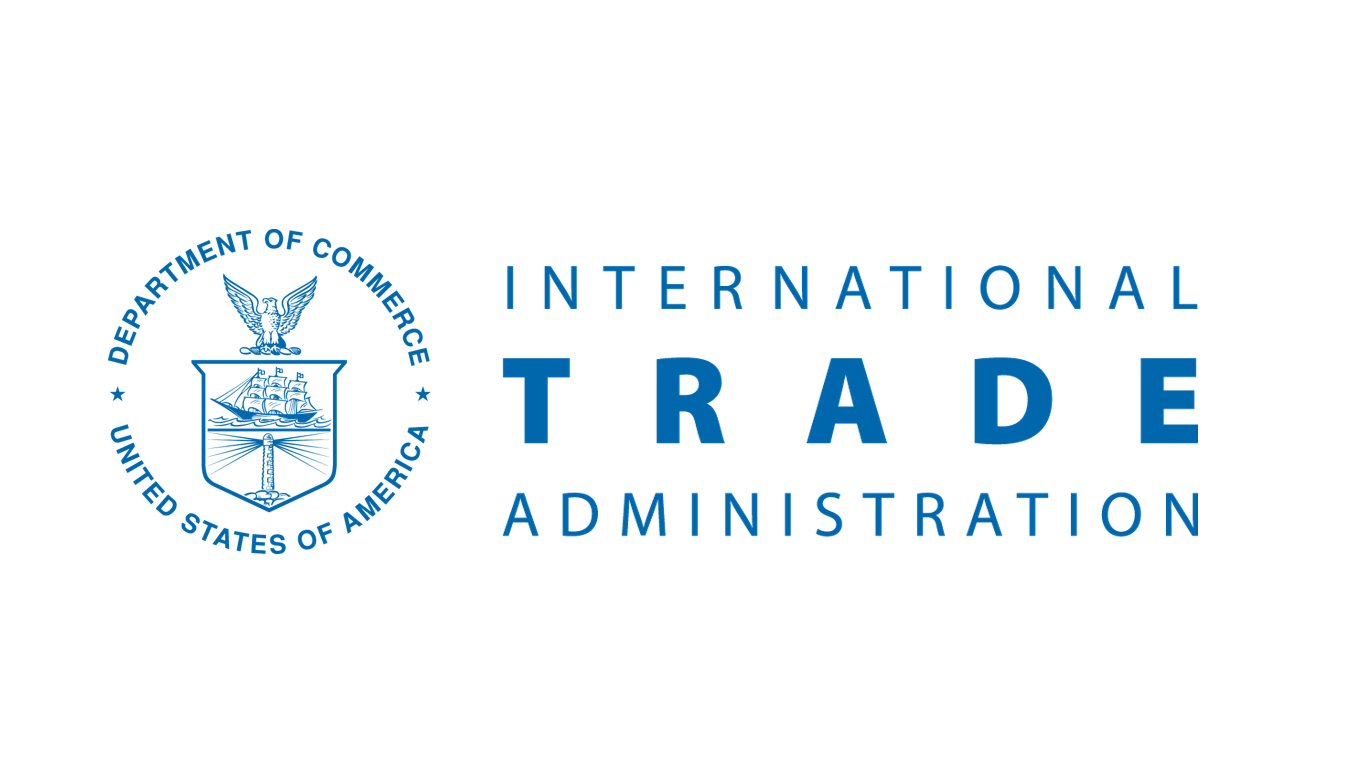Haiti Trade Preference
Trade Preference Programs for Haitian Textiles and Apparel
If you have any questions about this program, please contact Kayla Johnson.
Message: With the exception of the Value-Added Quota, authorization for all preferences under Haiti HOPE/HELP expired on September 30, 2025. The Value-Added Quota expired on December 19, 2025
Imports of certain Haitian manufactured textile and apparel goods are eligible for duty-free treatment under the Caribbean Basin Trade Partnership Act (CBTPA). Additional benefits under CBTPA have been created through the Haitian Hemispheric Opportunity through Partnership Encouragement Act of 2006 (HOPE), the Food Conservation and Energy Act of 2008 (HOPE II) and the Haiti Economic Lift Program of 2010 (HELP). Currently, CBTPA programs will expire on September 30, 2030. The preferences under HOPE/HOPE II/HELP will expire in 2025.
CBTPA and HOPE established unlimited duty-free treatment for various apparel products, with certain restrictions regarding the source of the yarns and fabrics used in the apparel, and duty-free treatment for certain apparel up to certain annual quota levels, known as trade preference levels (TPLs). HOPE II and HELP expand these existing preference programs by allowing additional textile and apparel articles to qualify for duty-free treatment, as well as increasing some of the TPL quota levels.
The legislation for each program outlines the requirements and restrictions for duty-free treatment, which are enforced by U.S. Customs and Border Protection (CBP). OTEXA can provide general advice and guidance on the trade preferences available to importers (see “FAQs”), but CBP is the final arbiter on whether imports of Haitian textiles and apparel qualify for duty-free treatment.
While CBP is responsible for enforcement of the TPLs, OTEXA publishes trade data for each TPL, as well as general import data for imports of textile and apparel products from Haiti. Current fill rates are found on Customs and Border Protections’ webpage for quota fill utilization, reported on a weekly basis. Find additional information on the Cumulation provision.
OTEXA also administers the Earned Import Allowance Program (EIAP), which was established in 2008 under HOPE II and modified in 2010 by HELP.
Haiti Trade Preference Programs: Frequently Asked Questions (FAQs)
CBTPA Provisions by HTSUS
HOPE Provisions by HTSUS
Legislative Texts & Other References for CBTPA, HOPE, HOPE II and HELP
Additional Information
Utilization rates for quota programs under CBTPA and Haiti HOPE: There are several quota programs (TPLs) available for imports of Haitian apparel and certain textiles. Utilization rates for past and current annual periods under these TPLs are available on OTEXA’s trade data page (look at Trade Preference Programs, Utilization Rates of Certain Tariff Rate Quotas).
Haiti HOPE TPLs: In accordance with the Haiti HELP legislation, quota levels under the knit apparel TPL and the woven apparel TPL are initially set at 70 million square meter equivalents (SMEs) for each annual period, beginning October 1 and ending on September 30 of the following calendar year. The HELP legislation provides for an automatic increase in the quota level from 70 million SMEs to 200 million SMEs for both the knit and woven apparel TPLs, if and when imports under the relevant TPL exceed 52 million SMEs during an annual period. As specified in the legislation, sub-limits for certain products also go into effect when the quota levels are increased. For the current annual period, from October 1, 2023 through September 30, 2024, quota levels for both the knit apparel TPL and the woven apparel TPL are currently set at 70 million SMEs. If and when imports under either or both TPLs exceed 52 million SMEs, OTEXA and/or U.S. Customs and Border Protection (CBP) will announce an increase in the relevant quota level(s) to 200 million SMEs for the remainder of the annual period.
Notification of Annual Quantitative Limit for Certain Apparel under Haiti HOPE (Value-Added Quota) for 2024/2025 Annual Period: For the period December 20, 2024 through December 19, 2025, the annual quantitative limit of the Haiti HOPE Value-Added program is 322,927,229 square meters equivalent (SME).
GAO Report for 2012: “Follow-up on the Haiti Earned Import Allowance Program” (GAO-13-219R) In compliance with its mandate under Haiti HOPE II, the Government Accountability Office (GAO) issued a report on the usage and effectiveness of the Haiti Earned Import Allowance during the 2011/2012 period.
U.S. Department of State: Office of the Haiti Special Coordinator
